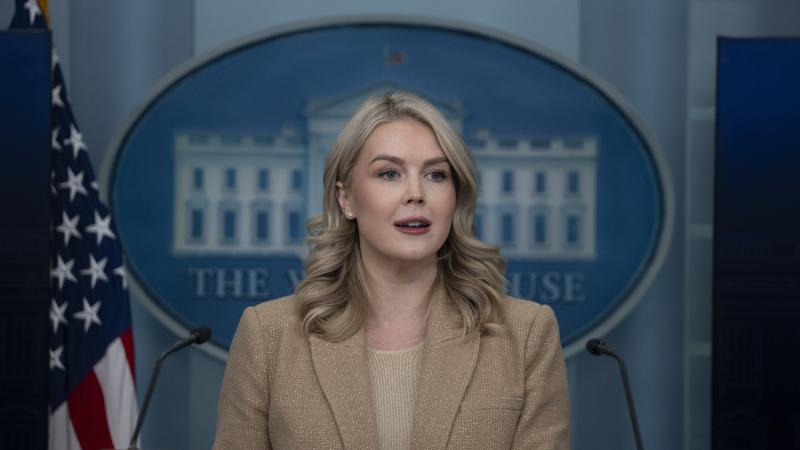USDA spends $2.5 million attempting to create 'superior' new varieties of potato
There are 200 varieties of potato in the U.S.
The Golden Horseshoe is a weekly designation from Just the News intended to highlight egregious examples of wasteful taxpayer spending by the government. The award is named for the horseshoe-shaped toilet seats for military airplanes that cost the Pentagon a whopping $640 each back in the 1980s.
This week, our award is going to the United States Department of Agriculture (USDA) for spending $2.5 million taxpayer dollars on developing even more varieties of potato than are already available.
According to the grant: "The Potato Research program encourages applicants to establish and work through regional, multi-location, research breeding networks to address priority national or regional science needs of the potato industry. By bringing together expertise across multiple university, federal agency, and industry organizations and states, the Potato Research program seeks to enhance the effectiveness of limited state, federal, and industry resources and accelerate the development of superior varieties that produce benefits to the potato industry."
The goal of the potato-funding program, according to the USDA, is primarily to develop "superior varieties" of potato more resistant to pests and diseases. In short, "the Potato Research program will fund two-year projects that have great potential for developing and releasing new potato varieties with a high value to the commercial U.S. potato industry."
Grant applicants and recipients are required to have at least one letter of recommendation from potato industry partners to "verify" the "industry relevance" of their proposed potato breeding project.
At present, there exist in excess of 200 varieties of potato in the United States. At a plethora of private and state universities around the country, potato farming is a key facet of agriculture programs. The University of Idaho, for instance, is home to what the institution refers to as a potato "program of distinction" within the College of Agricultural and Life Sciences.
If yet more varieties of potato are such an urgent necessity, why wouldn't the potato industry itself invest its own capital in developing them?
And if the U.S. taxpayer is obliged to subsidize research and development costs "with a high value to the commercial U.S. potato industry" ... shouldn't we be entitled to a share of the profits from the "superior varieties" of spuds that result from our investment?














